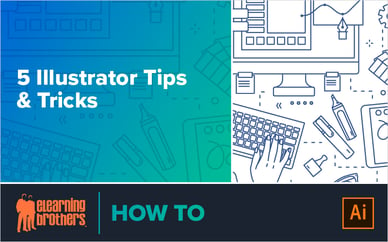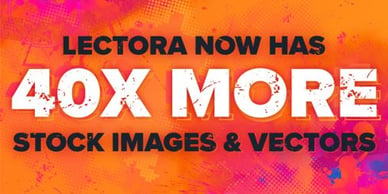
Creating effective eLearning courses requires good design—even if you don’t have a design background. In this new blog series, “Design Dos & Don’ts,” we’re asking designers to share essential graphic design tips and suggestions, along with what not to do in your eLearning courses.
For this post, I asked two graphic designers—Tony Cavalier and Anthony LaQuatra—to share design tips that eLearning developers could use to create effective and professional-looking courses.
Take a look at a few important design dos and don’ts that they recommended for eLearning developers:
Do: Use custom photography.
“Invest in a camera and take your own stock photography,” says designer Anthony LaQuatra. “It will add a personal element to your course and will set you apart from those using standard paid stock imagery.” While quality stock photos can save time, custom photography has its own advantages. For example, seeing a familiar coworker’s face can help to engage learners.
Do: Follow web design trends.
To make your training look fresh and current, stay up-to-date on web design trends. Anthony says, “Normally, web design sets the tone for the year’s creative trends. Sites like thenextweb.com usually come out with projected trends for the year in January. These can be carried over into courses and other learning materials and can keep your learners interested and your courses up to date.”
Don’t: Use low-res images.
Even if you don’t have the time to do your own custom photography for your course, Tony Cavalier recommends avoiding low-resolution images. “Find an image that is print quality or high-resolution web quality,” he explains. “This will make a huge impact in the visuals you use.” High-res images will keep your course looking professional, and then your learners are more likely to take it seriously, which makes the training more effective.
Don’t: Get designer’s fatigue.
Tony says, “Sometimes when looking or working on a design for a long time, you tend to bend your perspective to fit your design.” For those course design moments when you’re stuck, he suggests:
- Taking a step back from your desk and looking afar
- Changing your perspective to look at your design as if you are the user
- Taking a break and returning to the design later on or the next day can also help change your perspective.
What are your biggest design dos and don’ts for creating professional-looking eLearning courses? Share them in the comments below.







